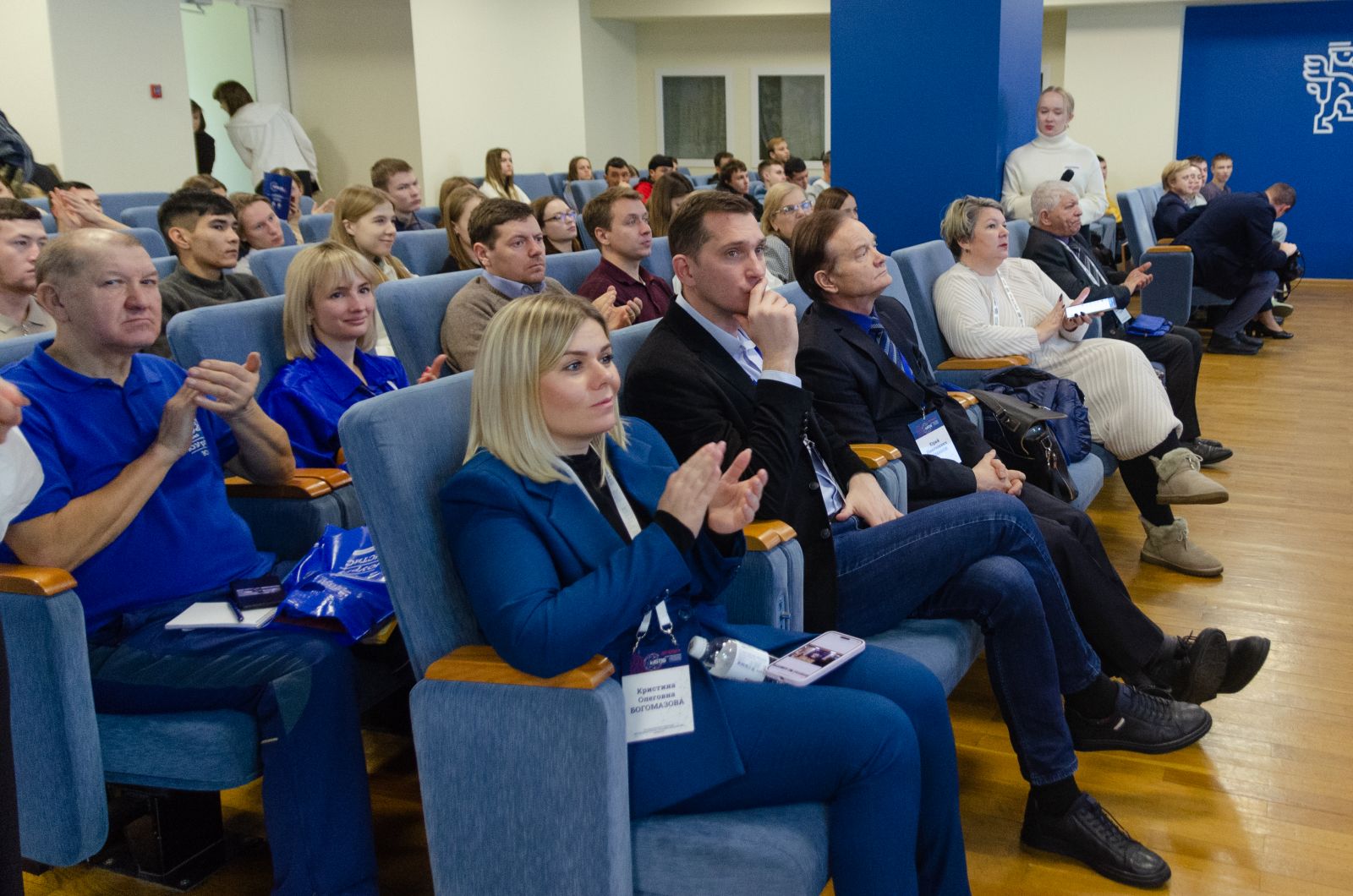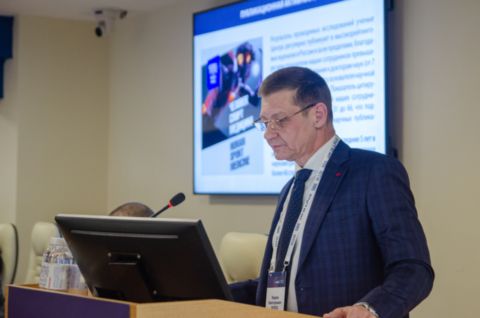The 8th International Conference on Innovations in Sport, Tourism and Education icISTIS-2023, which began at South Ural State University on December 7th, has brought together Russian and international scientists, academics, postgraduates and students from more than 20 Russian cities, as well as from Belarus, Brazil and Syria.
The event is an international platform for dialogue among the scientific, educational and expert communities, government institutions and businesses regarding the current issues of sports, tourism, education and medicine.
“The Institute of Sport, Tourism and Service has been organizing this conference for eight years now and takes it extremely seriously,” noted Director of the SUSU Institute of Sport, Tourism and Service Vadim Erlikh. “As a result of that, our annual conference has acquired international status and now we are inviting international colleagues as experts. It is important to keep on holding our international conference since it gives all the participants a chance for an invaluable exchange of experience. This also means our own scientific research and our own point of view, which needs to be substantiated, as well as the creation of new things of use for science, which need to be talked about.”
At the plenary session, Elena Milashechkina from RUDN University, Moscow, presented a report on the topic of Patterns of Functional Organization of Circadian Rhythms of Adaptive Systems of Body in Female Students (In Terms of Adaptation to the Conditions of Studying at a University). It was about a study of the health status of first-year female students whose bodies had certain changes due to the change in their environment, social contacts and educational institution. For a year the students had been taking periodic medical examinations and monitoring of a number of laboratory parameters.

“One of the most common health problems among female students turned out to be vegetative-vascular disorder,” says Associate Professor of RUDN University Elena Milashechkina. “We studied the adaptation of female students to academic work, their circadian organization (i.e., circadian biorhythms) and biological rhythms of basic physiological functions.”
The researchers came to the conclusion that the rhythms of some physiological functions are disrupted in female students with vegetative-vascular disorders. However, according to scientists, these rhythms can be restored with the help of physical exercises with a fitball, which turned out to be effective in forming the necessary biorhythms and had a positive effect on the well-being and condition of the girls’ bodies.
Among others, a report on the Variability of Functional-metabolic Reactions to Training Loads of Preparatory Period in Cross-country Skiers was also presented at the conference by Anastasiia Bakhareva, Associate Professor of the SUSU Department of Sports Perfection. The scientific work is of interest because it examines not generally accepted average characteristics in skiers, but individual ones. The researchers set a question: why is one racing skier a leader and for what reason another racing skier cannot become one? To find the answer, scientists spent a year studying the functional and metabolic states of skiers’ bodies. Using factorial method, from the combination of a large number of functional and metabolic indicators of athletes, scientists identified the main ones, which made it possible to identify the exact limiting factor that does not allow a racing skier to achieve the best result.
“This data can help organize the right subsequent training of athletes for competitions, taking into account individual characteristics of their bodies,” says SUSU Candidate of Sciences (Biology) Anastasiia Bakhareva. “This will help us maintain the health of athletes. It is important that their victory would not be accompanied by physiological deterioration.”

The scientists also came to an unexpected conclusion that the dominant factor among cross-country skiers at the first stage of their training is the individual quantitative and qualitative characteristics of platelets. By reducing the aggregation of red blood cells, platelets at a certain size and quantity help to increase blood fluidity, which facilitates the work of the athlete’s heart. Taking into account this hematological indicator, scientists plan to conduct further research and build individual training systems.
On day two of the event reports at certain sections are expected to be delivered. After examination, the conference proceedings will be published in special issues of scientific journals, such as Human. Sport. Medicine (indexed in Scopus) and Psychology. Physiology (indexed in Russian Science Citation Index, State Commission for Academic Degrees and Titles).




